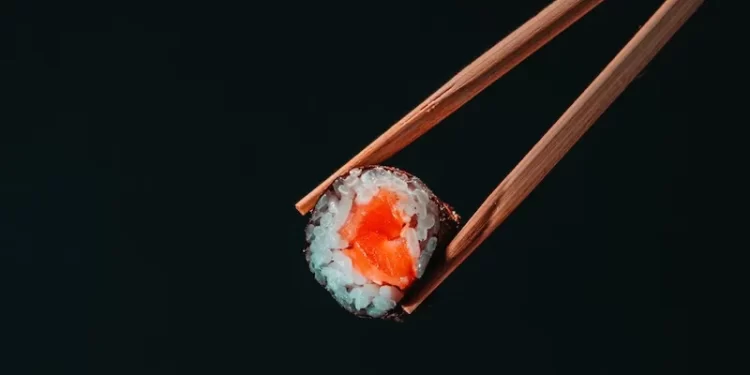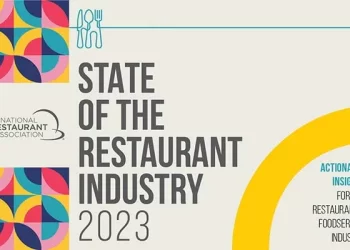
Chopping-edge expertise helps meals chains attain the holy grail of flawless, contactless, low-budget eating
The key behind the hi-tech way forward for sushi lies in an unremarkable constructing within the backstreets of Osaka.
Inside, empty plastic cups and plates adorned with scrunched-up moist paper – to replicate the load and texture of scallops – make their manner alongside a conveyer belt.
To one facet, hid behind a plastic display, technicians monitor information on laptop screens, the specifics of their work deemed off-limits to the Observer and a small group of journalists granted uncommon entry to the event “studio” belonging to Sushiro, the main drive in Japan’s multimillion greenback sushi prepare business.
That is the place builders make incremental enhancements to the restaurant chain’s potential to ship plates of freshly-made sushi to diners’ tables with lightning velocity, and keep one step forward of the competitors in a sector estimated to be value 740bn yen (about £4bn).
“Previously, diners used to take what they fancied from a free-for-all conveyer belt, however today most individuals need to order their favorite sushi,” stated Masato Sugihara, deputy supervisor within the IT division at Sushiro’s father or mother firm, Meals and Life.
The studio replicates a typical Sushiro restaurant. “Right here we are able to guarantee that the supply system works correctly and ship the precise order to the proper buyer as shortly as attainable,” he stated. “We will make tweaks, reminiscent of bettering diners’ interface with the net menu, that we will not make in actual time at our eating places.
“It is not precisely high secret, however our neighbours don’t know what we do right here.”
The holy grail of revolving sushi (or kaitenzushi) is flawless, contactless low-budget eating – a development accelerated by the pandemic and a labour scarcity that can go away Japan with an estimated shortfall of 6.4 million employees by 2030.
Not removed from Sushiro’s secret nerve centre, workers are getting ready for the lunch service on the chain’s outlet within the Namba district, one in every of about 4,000 kaitenzushi eating places throughout Japan.
Diners on the 236-seat restaurant use a contact panel to select from 150 objects, from sushi and fried hen to espresso and cake. Their invoice is calculated routinely, and cost is made by way of a machine on the exit, the place prospects who’ve ordered takeaways on-line retrieve their orders from a financial institution of lockers.
It is a far cry from the normal sushi joint of the favored creativeness, the place stern-looking artisan cooks with years of coaching place plates of lovingly ready seafood on picket counters.
However Nobuo Yonekawa, an knowledgeable on kaitenzushi, says the business is shedding its attraction amid rising costs and competitors from different varieties of funds delicacies. “The variety of prospects is in decline, and to get them again the business wants to consider expertise otherwise,” stated Yonekawa, who has written a e-book on the topic.
Click here to learn full article at The Guardian.







